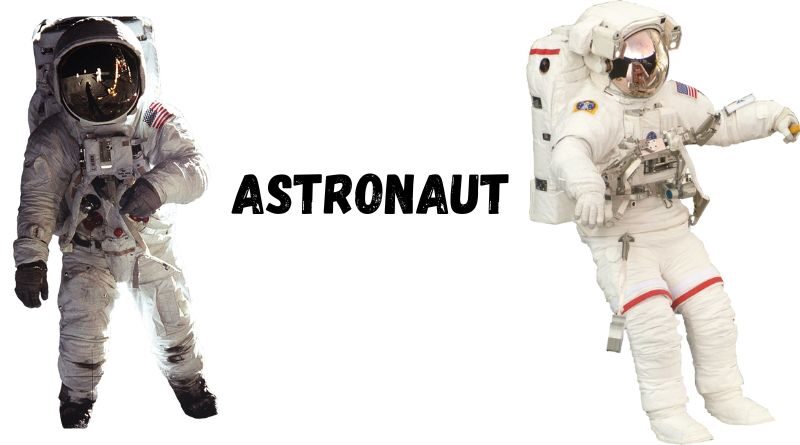Scientists say: Astronaut
Astronaut (noun, “AST-roh-not”)
An astronaut is an individual who travels or works in the atmosphere of Earth. The Greek word for “space sailor” is the origin of the term.
Russian Yuri Gagarin was the first to fly into space in 1961. Russian astronauts are known as “cosmonauts.” Later, Alan Shepard became America’s first astronaut to orbit the moon. In 1969, Neil Armstrong was the first person to set foot on the Moon. Sally Ride, the first American female astronaut, was launched in 1983. Peggy Whitson holds the NASA record for the longest time in space. She spent 665 days in space.
Today, astronauts are working on the International Space Station (ISS). The floating laboratory orbits earth at 420 km (260 miles) above ground. It is a place where astronauts spend approximately six months. Many of these astronauts are from Russia and the United States. However, astronauts from other countries such as Canada, Japan, and Canada have also been to the ISS.
Pilots are an option for some astronauts. They drive spacecraft. Others specialize in satellite launches and experiments. The majority of research carried out on the ISS focuses on how things function in a weightless or microgravity environment. You might find out how space plants and flames react in space. Most of the work done by astronauts is done inside the space station. Sometimes, they need to venture out on a spacewalk in order to fix or build something outside of the ISS. They will need to put on a spacesuit and be tethered at the station so that they don’t drift away.
To become an astronaut, there are some requirements. A master’s degree in science technology, engineering, or math is the first requirement. Also, astronauts must have at least two years’ work experience. They must also have at least 1,000 hours of experience flying a jet plane. Astronauts can be from any age. They must pass a physical examination. Why? It is extremely hard to live in space. To maintain their fitness, astronauts need to exercise for at least two hours per day. To safely travel to space, one must be in good health.
Power words
astronaut: A person who is trained to travel into outer space for exploration and research.
atmosphere – The envelope of gases around Earth, other planets, or a moon.
average (in science) The term for the arithmetic means, which is the sum of two numbers. It is then divided by its size.
engineering – This is a field of research that uses science and math to solve practical problems.
environment : A collection of all things around an organism, or the process and conditions that they create. The environment may be defined as the climate and ecosystem where an animal lives or the temperature and humidity, or even the location of objects in the vicinity of an object of interest.
International Space Station – An artificial satellite orbiting Earth. This station is jointly operated by Russia and the United States. It serves as a research laboratory that allows scientists to conduct experiments in biology, physics, and astronomy, and also provides observations of Earth.
microgravity: A fraction of the force felt at sea level on Earth.
moon – The natural satellite of any earth.
orbit – The curving path of a celestial object, spacecraft, or satellite around a star, galaxy, planet, or moon. One complete circle around a celestial body.
physical: (adj.) It refers to things that are real and not just in your imagination or memories. It can also be used to describe properties of materials due to their size or non-chemical interactions, such as when one block smashes into another. In biology and medicine, the term may refer to the body in an examination or other physical activity.
satellite – A moon that orbits a planet, or a vehicle, or a manufactured object, orbiting some celestial body.
Space shuttles: NASA’s five spaceships (Columbia Challenger, Discovery, and Endeavor) were the first reusable vehicles in the world. They carried astronauts and cargo to orbit and also served as service satellites such as the Hubble Space Telescope and the International Space Station. The launch of the first space shuttle took place on April 12, 1981. The last shuttle to return home was the one that returned on July 21, 2011. The program was officially retired after that mission. NASA has completed 135 missions with its shuttles.
technology – The application of scientific information for practical purposes, particularly in industry, or the devices and processes that result.
Related: Click here

